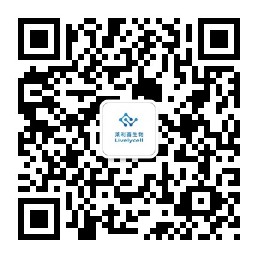中美干细胞技术优劣
1. Introduction

Stem cell technology is a rapidly growing field of research and development that has the potential to revolutionize medicine. Stem cells have the unique ability to differentiate into different cell types, making them a promising source of replacement cells for damaged tissues and organs. In recent years, both China and the United States have made significant advances in stem cell research, particularly in the field of regenerative medicine. However, each country has its own strengths and weaknesses in this field, and it is important to understand the differences between their approaches to stem cell research to evaluate which is better.
2. Stem Cell Research in China
China has made major investments in stem cell research, with a focus on the clinical applications of stem cells for patients suffering from debilitating diseases. The Chinese government has funded several large research centers and institutes that specialize in stem cell research, and Chinese researchers have made significant breakthroughs in developing stem cell therapies for conditions such as heart disease, liver disease, and spinal cord injuries.
One of Chinas strengths in stem cell research is its ability to conduct large-scale clinical trials involving human patients. Due to lenient regulatory policies and a large population of patients willing to participate in clinical trials, Chinese researchers have been able to collect data on the safety and efficacy of stem cell therapies more quickly than their counterparts in other countries.
However, this rapid pace of development has also raised concerns about ethical standards and the possibility of unproven or even dangerous treatments being offered to patients. There have been reports of unregulated stem cell clinics in China offering unproven treatments for a wide range of conditions, often at exorbitant prices.
3. Stem Cell Research in the United States
The United States is known for its rigorous scientific standards, which has led to the development of highly regulated and carefully monitored stem cell research programs. The US National Institutes of Health (NIH) is a major funder of stem cell research, and its strict regulations on the use of embryonic stem cells have helped to set the global standard for ethical research practices.
The US has also made significant advances in the development of induced pluripotent stem cells (iPSCs), which are adult cells that have been reprogrammed into a stem cell-like state. This technology has the potential to overcome many of the ethical concerns associated with embryonic stem cells, making it a more viable option for researchers in the US and abroad. Additionally, the US has a well-established biotechnology industry that is capable of translating scientific discoveries into new treatments and therapies for patients.
However, the US regulatory process can be slow and bureaucratic, which has led some researchers to seek opportunities in other countries with more lenient regulations. Additionally, the high costs associated with conducting clinical trials in the US can be a barrier for smaller startups and academic institutions.
4. Conclusion
Both China and the United States have their own strengths and weaknesses when it comes to stem cell research. China has a more permissive regulatory environment that allows for faster clinical trials and a greater emphasis on practical applications, while the US has a more rigorous regulatory process that prioritizes ethical research practices and has the support of a well-established biotech industry. Ultimately, the best approach to stem cell research will depend on the specific goals and priorities of each country, and continued collaboration and information-sharing between researchers in both countries will be crucial for advancing this promising field of medicine.
- 细胞储存记录填写指南
- 探索常州白泽:细胞储存机构指南
- 深圳华大干细胞储存:开启生命健康新篇章
- 渭南干细胞储存:全面解读费用详情
- 红细胞储存的理想温度
- 核酸在细胞中的储存
- 太保细胞储存计划:打造健康未来的明智选择
- 细胞储存中的血小板和红细胞储存
- 干细胞储存:解锁未来健康的投资指南
- 细胞储存类型全览:了解您的选择
干细胞最热文章
- 最近发表














